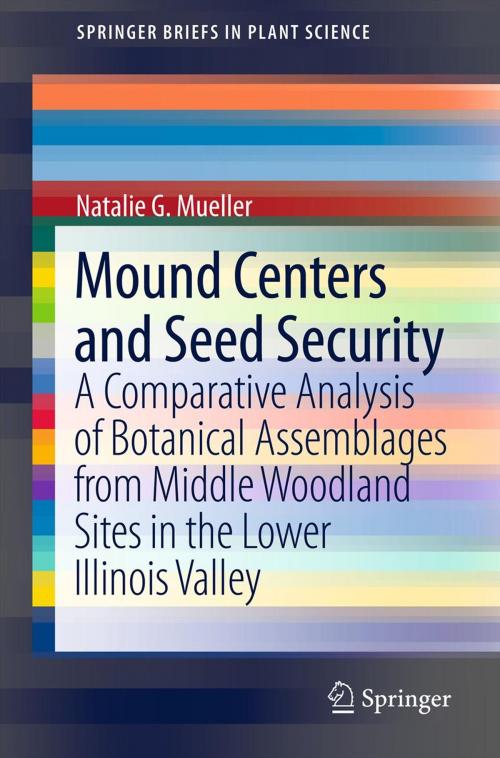Mound Centers and Seed Security
A Comparative Analysis of Botanical Assemblages from Middle Woodland Sites in the Lower Illinois Valley
Nonfiction, Science & Nature, Science, Biological Sciences, Botany, Ecology| Author: | Natalie G. Mueller | ISBN: | 9781461459217 |
| Publisher: | Springer New York | Publication: | November 8, 2012 |
| Imprint: | Springer | Language: | English |
| Author: | Natalie G. Mueller |
| ISBN: | 9781461459217 |
| Publisher: | Springer New York |
| Publication: | November 8, 2012 |
| Imprint: | Springer |
| Language: | English |
At Middle Woodland sites in the eastern United States, excavations have uncovered naturalistic art worked on exotic materials from points as distant Wyoming, Ontario, and the Gulf Coast, revealing a network of ritual exchange referred to as the Hopewell phenomenon. Simultaneously, Middle Woodland societies developed the earliest agricultural system in eastern North American using now-extinct native cultivars. Mound Centers and Seed Security: A Comparative Analysis of Botanical Assemblages from Middle Woodland Sites in the Lower Illinois Valley integrates an interpretation of these two historical trends.
Unlike most journal articles on related subjects, the volume includes a lengthy review of literature on both Hopewell studies and Middle Woodland agriculture, making it a useful resource for researchers starting out in either field. Synthesizing both original research and research reported in archaeological “grey literature”, Mound Centers and Seed Security: A Comparative Analysis of Botanical Assemblages from Middle Woodland Sites in the Lower Illinois Valley is a valuable tool for researchers and teachers alike.
At Middle Woodland sites in the eastern United States, excavations have uncovered naturalistic art worked on exotic materials from points as distant Wyoming, Ontario, and the Gulf Coast, revealing a network of ritual exchange referred to as the Hopewell phenomenon. Simultaneously, Middle Woodland societies developed the earliest agricultural system in eastern North American using now-extinct native cultivars. Mound Centers and Seed Security: A Comparative Analysis of Botanical Assemblages from Middle Woodland Sites in the Lower Illinois Valley integrates an interpretation of these two historical trends.
Unlike most journal articles on related subjects, the volume includes a lengthy review of literature on both Hopewell studies and Middle Woodland agriculture, making it a useful resource for researchers starting out in either field. Synthesizing both original research and research reported in archaeological “grey literature”, Mound Centers and Seed Security: A Comparative Analysis of Botanical Assemblages from Middle Woodland Sites in the Lower Illinois Valley is a valuable tool for researchers and teachers alike.















